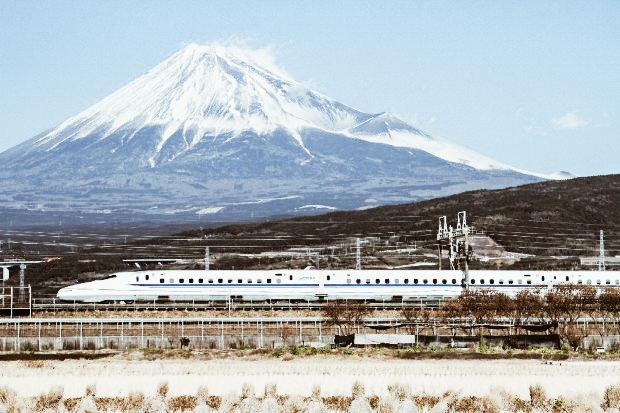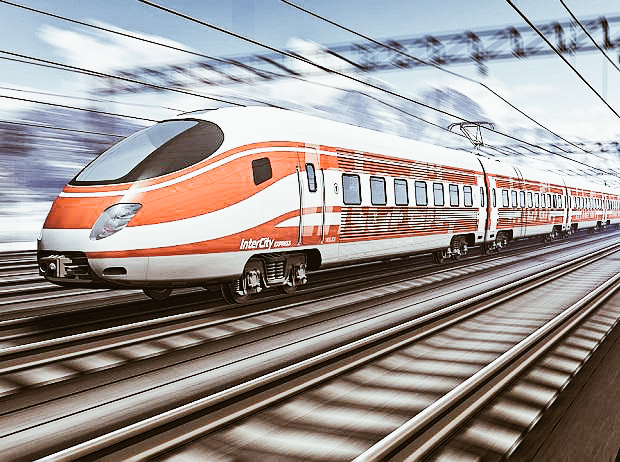Tokyo – Osaka in one hour with the Shinkansen of the future
written by: Sara | translation: Erika | source: TimeOut Tokyo
We continue with our practical guides about Tokyo and today we talk about the Japanese railway system, one of the most efficient in the world, and the jewel of this system: the shinkansen.

photo credits: repubblica.it
An integral and characteristic part of Japanese infrastructure, the shinkansen (新幹線) are the famous “bullet trains”. They travel very fast up to 320 km / h, to take us from one city to another in no time.
The Shinkansen lines
Currently, there are 15 known lines that allow us to travel to different destinations in Japan. From Tokyo towards the south we have the Tokaido Shinkansen line, which connects the capital with Osaka. The Sanyo Shinkansen line connects Osaka to Fukuoka, while the Kyushu Shinkansen line from Fukuoka crosses the island of Kyushu from north to south. Shinkansen Akita, Hokkaido, Hokuriku, Joetsu, Tohoku and Yamagata also depart from Tokyo.
The challenge of the Rising Sun is always constant: to offer safety and maximum efficiency.
In 2015, Japan Railways Group (JR) managed to break the world speed rail record with the magnetic levitation train that reached 603 km/h. From here, the company developed a program to maintain this impressive record, something we could define futuristic. We are talking about the Tokyo-Nagoya-Osaka section. This new initiative is called the Linear Project and is expected to be completed in 2037.

photo credits: business-standard.com
The trains of the future
Japan Railways has always been committed to implementing ultra-modern trains. In fact, the company is now focusing on building a linear Shinkansen capable of traveling with magnetic levitation. This type of technology would have retractable wheels that do not touch the tracks making the train elegantly “slide” without any friction. This futuristic shinkansen would travel at a top speed of 500 km/h, taking us from Tokyo to Nagoya in 40 minutes and from Tokyo to Osaka in 67 minutes.

photo credits: agatetravel.com
Obviously, this project requires a new infrastructure that allows a connection from Tokyo to Nagoya situated for the most part underground. In fact, this would avoid areas prone to strong earthquake shocks. With costs that would be around 50 and a half billion, the first part of the route could already be completed in 2027. So, we just have to wait and follow developments.
What do you think of traveling at high speed? These futuristic trains are now part of our reality and the shinkansen has an incredible charm: have you had the opportunity to try it? Tell us about your experiences!
Share this:
- Click to share on Facebook (Opens in new window)
- Click to share on Twitter (Opens in new window)
- Click to share on Tumblr (Opens in new window)
- Click to share on Pinterest (Opens in new window)
- Click to share on Telegram (Opens in new window)
- Click to share on WhatsApp (Opens in new window)
- Click to share on Reddit (Opens in new window)
- Click to print (Opens in new window)






